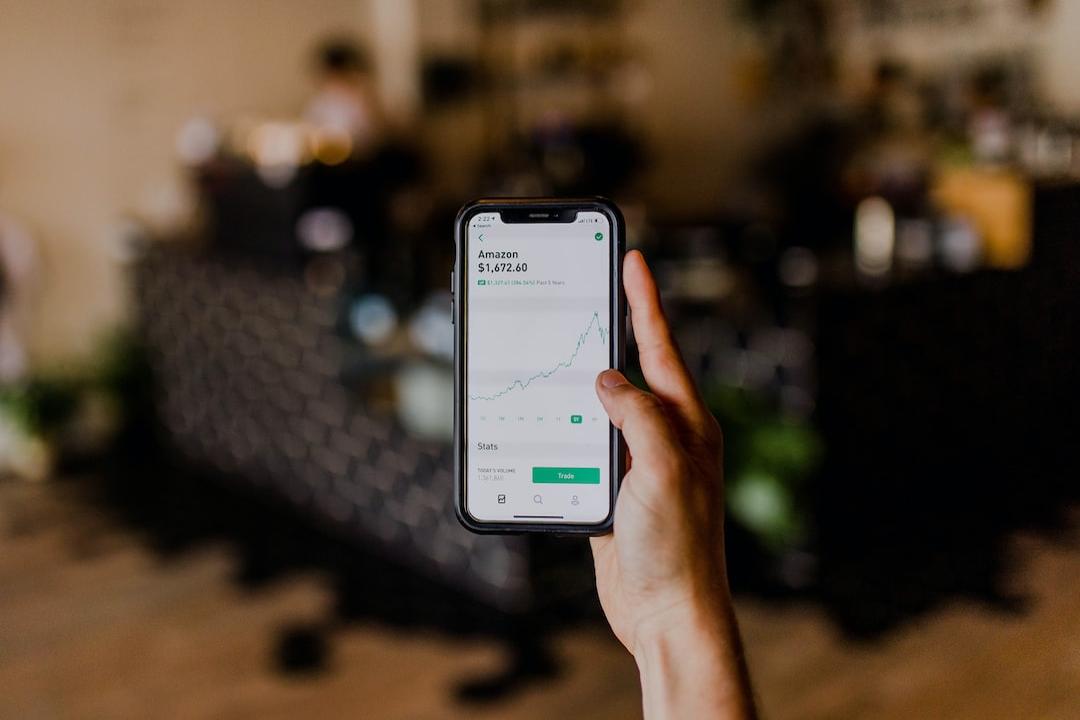Bitcoin (BTC) has the potential to experience further price dips and still maintain its bullish market and historical performance, according to the latest BTC price analysis. Despite a 10% drop in 24 hours, BTC/USD is still painting an optimistic picture in terms of its performance.
Market participants with extensive experience agree that Bitcoin is following the typical path towards new macro highs. The current bull run of Bitcoin remains intact, even with the increased volatility of BTC price around its 2021 all-time highs at $69,000. This holds true even if a deeper correction were to occur from the current levels near $68,000, as indicated by data from Cointelegraph Markets Pro and TradingView.
In a recent comment on March 15, a pseudonymous trader known as Bags highlighted the upcoming block subsidy halving. He compared it to previous halving cycles, all of which experienced significant price pullbacks of nearly 40% before entering the price discovery phase. Bags calculated that the potential downside from Bitcoin’s latest all-time highs would be around $45.5K, which is a 38% drop from $73.5K.
When questioned about the impact of inflows from US spot Bitcoin exchange-traded funds (ETFs) on the market, Bags pointed out that each previous bull market had its own catalysts that failed to prevent a drawdown.
Another trader and analyst, Rekt Capital, also focused on the price performance in relation to the halving. Despite Bitcoin reaching a new all-time high before the 2024 halving, which is a unique event, Rekt Capital believes that the timing still follows the patterns of a classic bull market. He compared this year’s behavior to that of the last halving year in 2020 and explained that Bitcoin is currently in its Pre-Halving Rally phase.
Rekt Capital also warned that BTC/USD is about to enter the riskiest part of the pre-halving phase, which he referred to as the “danger zone.” He noted that historically, Bitcoin has experienced pre-halving retraces 14-28 days before the halving.
It’s important to note that this article does not provide investment advice or recommendations. Readers should conduct their own research and assessment of risks before making any investment or trading decisions.

